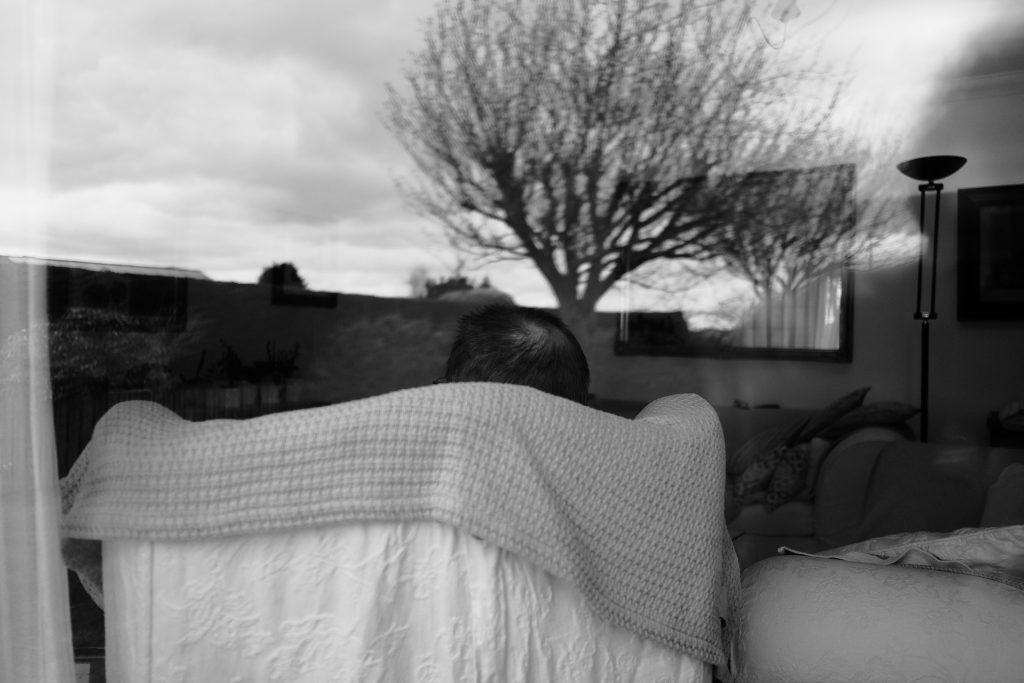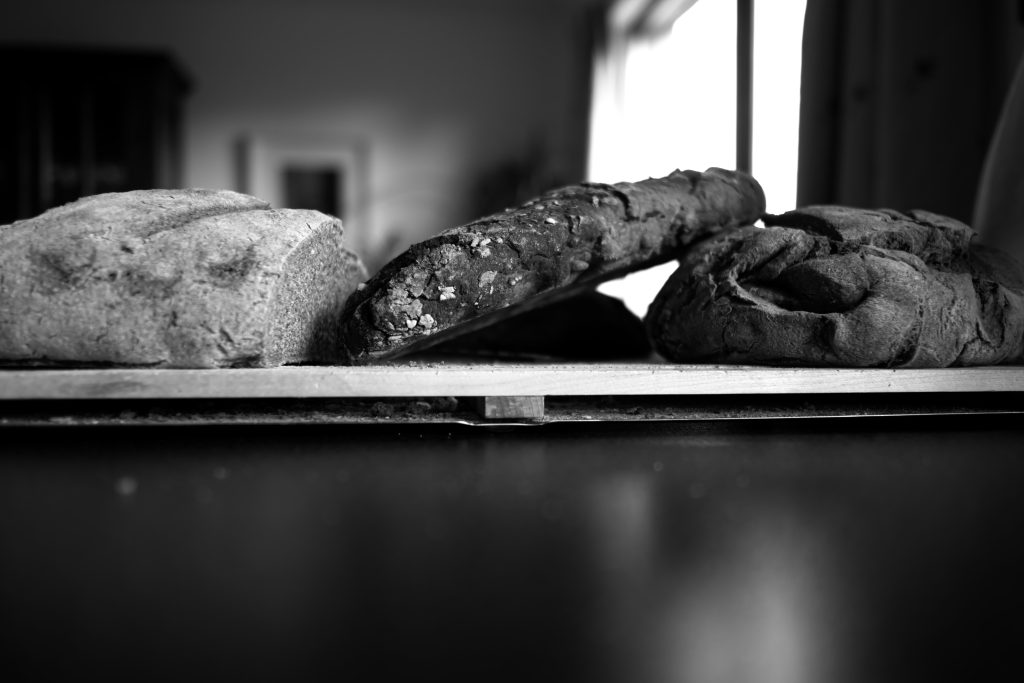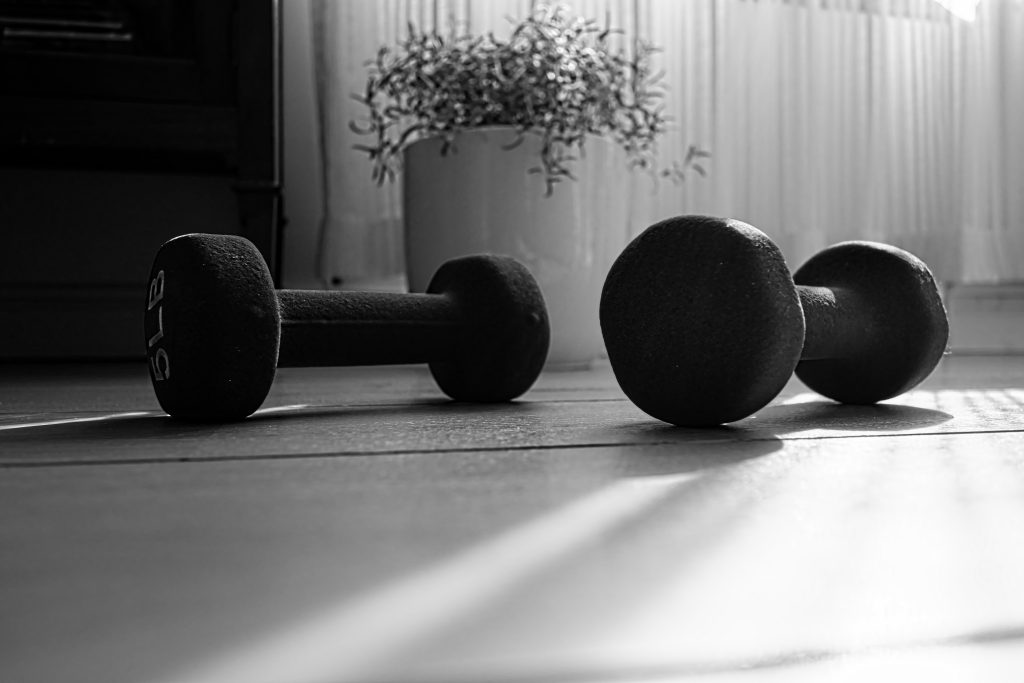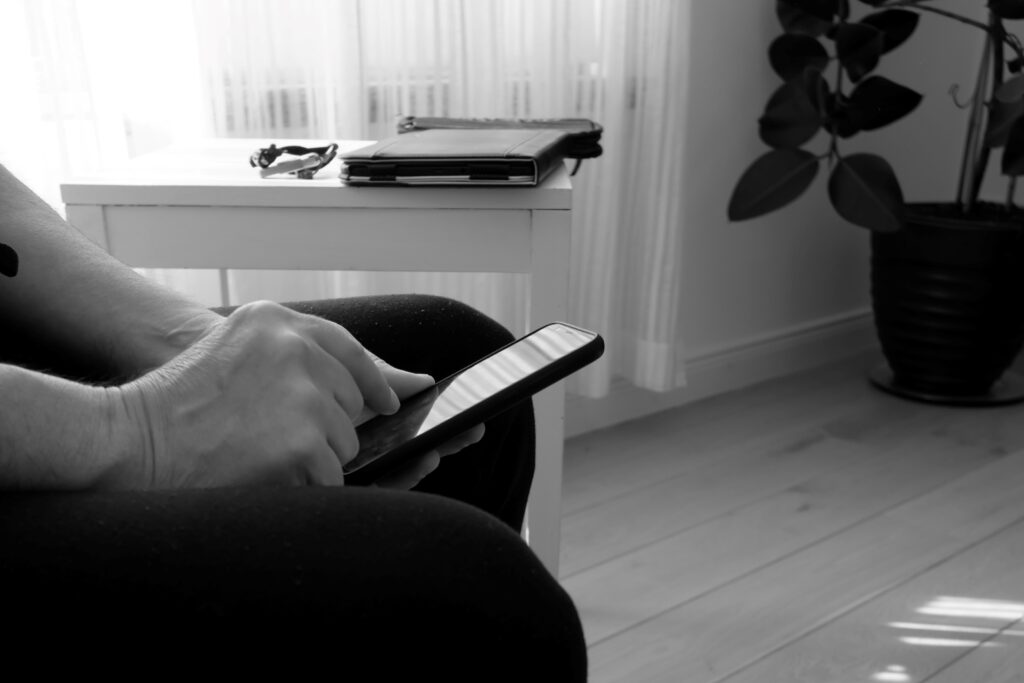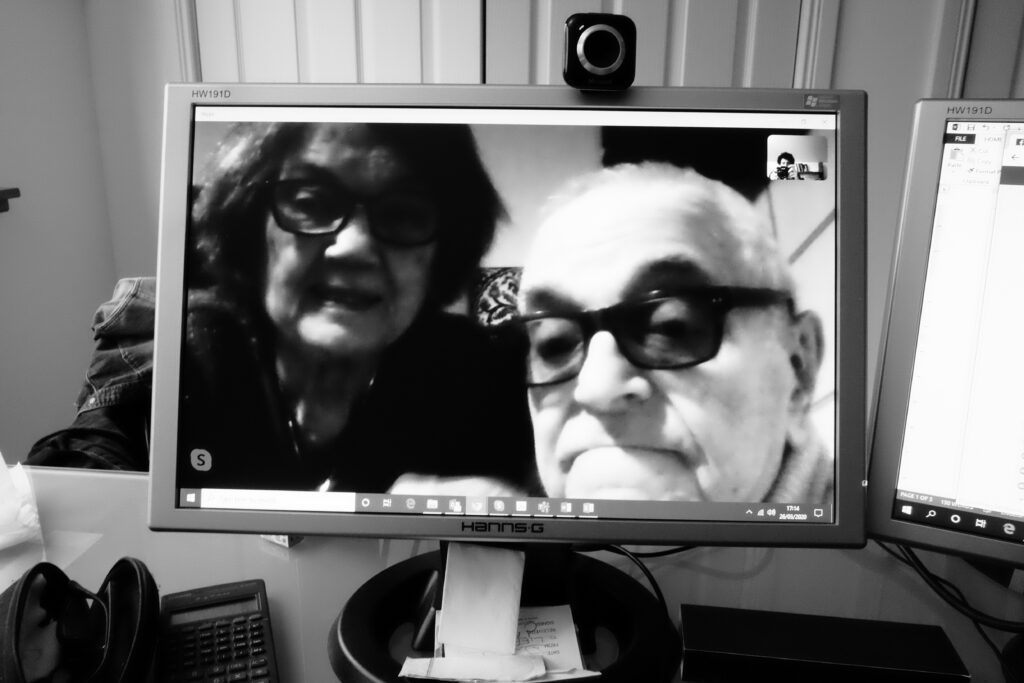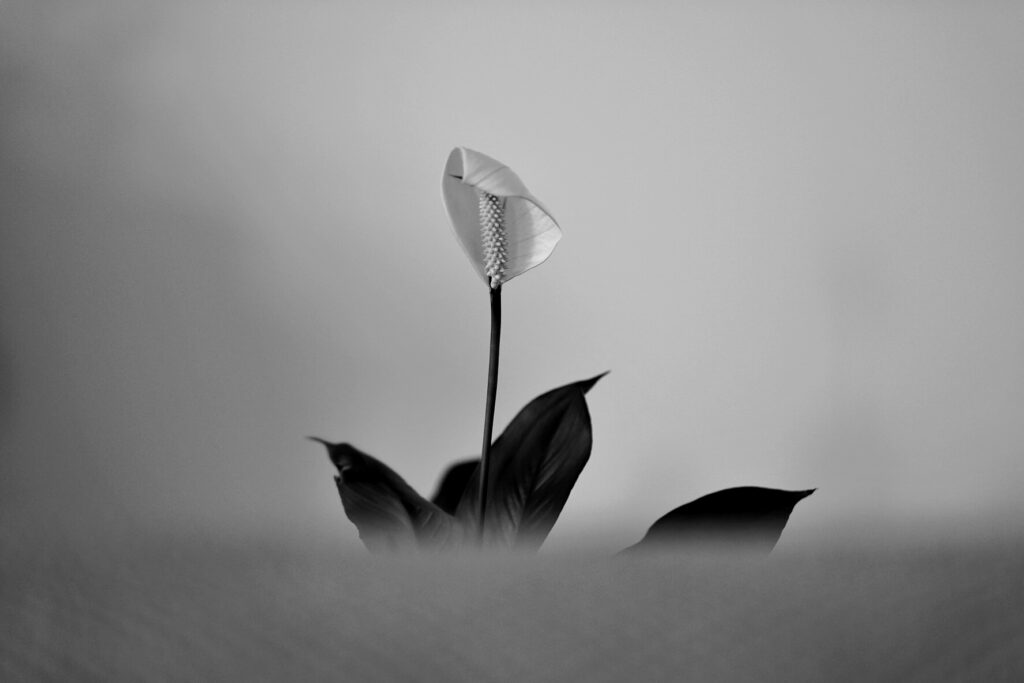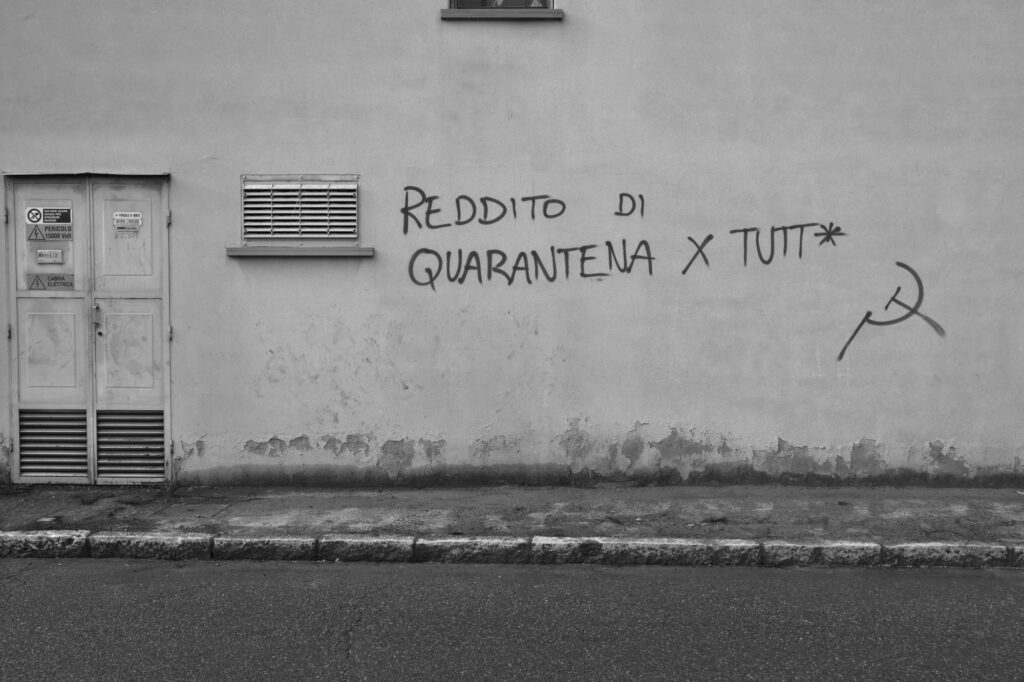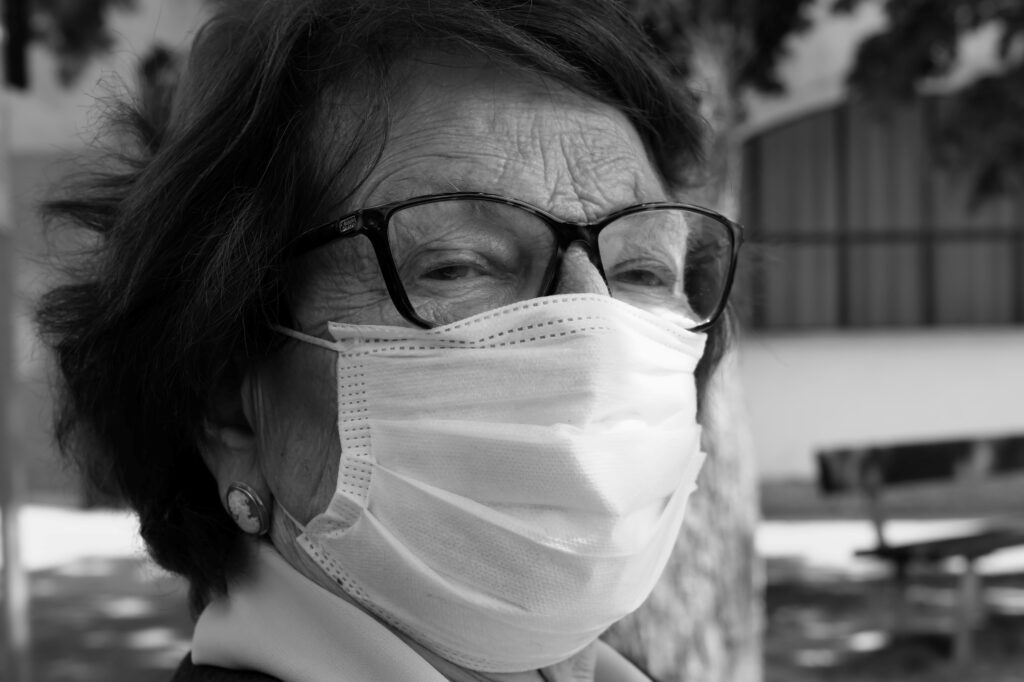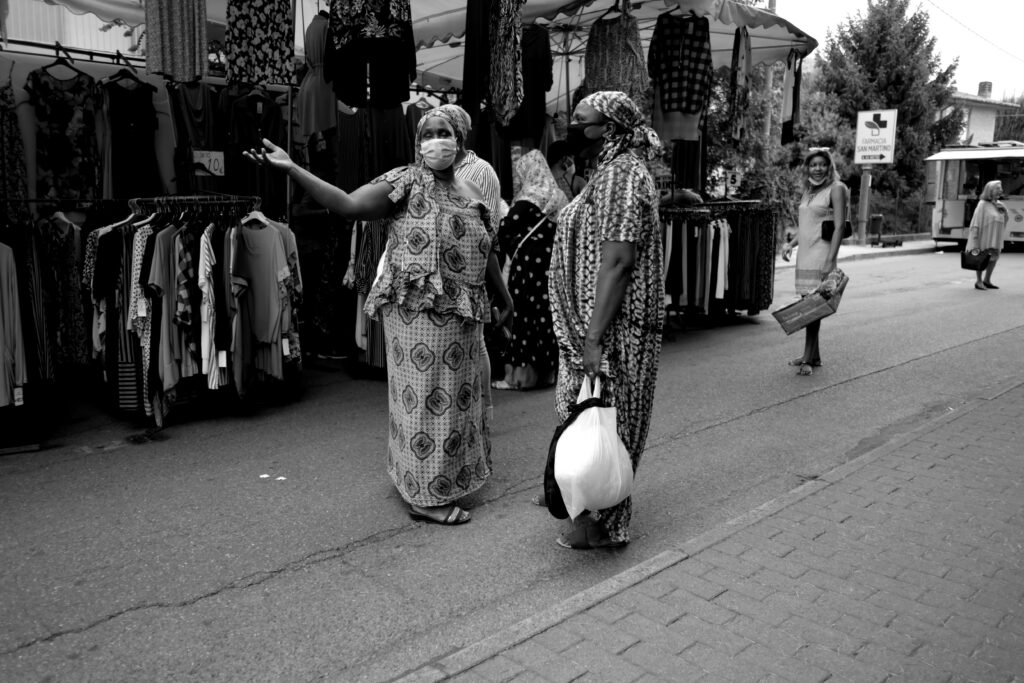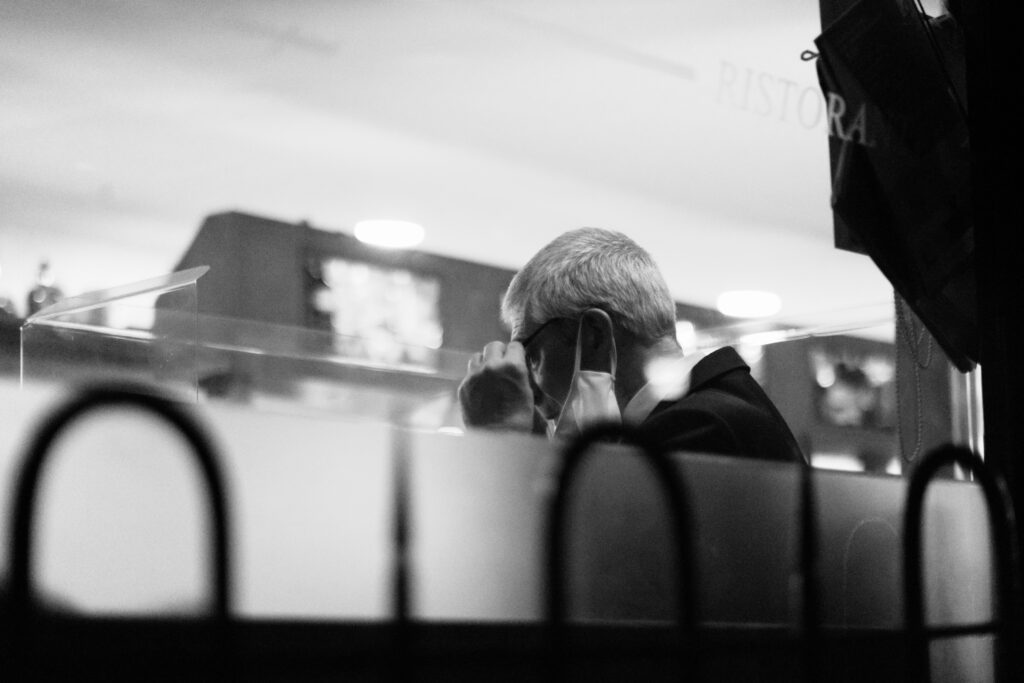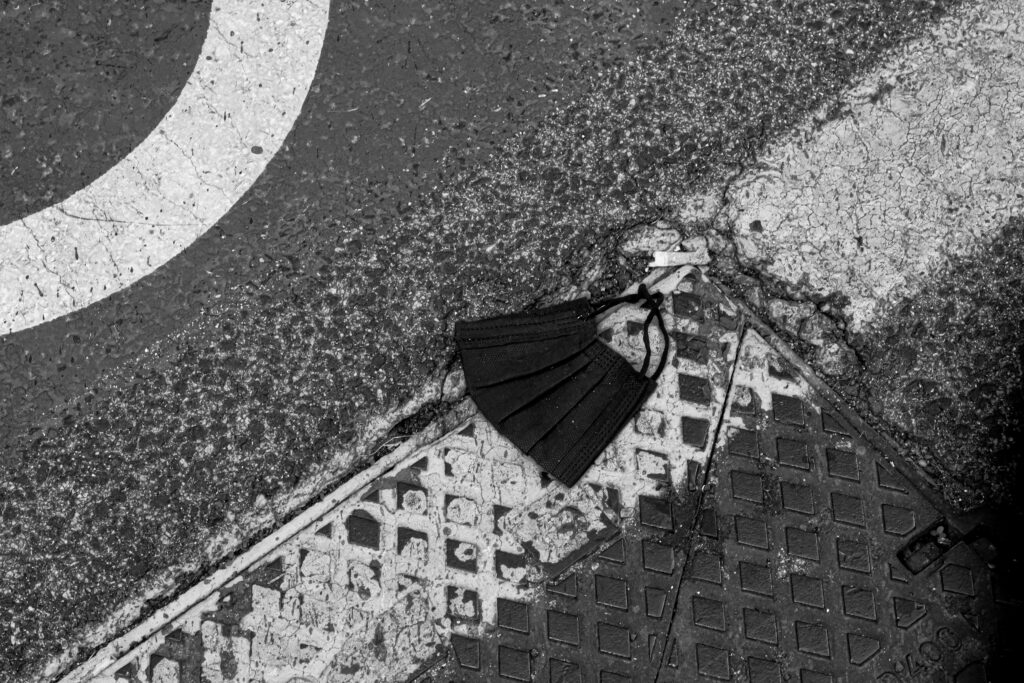All of a sudden, Covid-19 brought about big changes to our lives. Amid fear of an enemy we knew very little about, we locked ourselves inside the house. In an instant, we had to give up many of our activities and daily actions that we had taken for granted had to redefine within our narrow domestic confines. The lockdown was this: an almost surreal period of physical isolation, of discovery of a new everyday life from inside a house re-explored and perceived both as a source of protection and a constraint. And where it protected the majority from infection, the lockdown marked the beginning of a growing sense of insecurity and, for many, hardship. In the photographs of the lockdown, inside the house, the instinct was not to include the person, except in an ‘oblique’ way – we are present in the symbolic objects of new actions, in the endless re-examining of familiar corners during hours spent reading or working from a study or living room, in a socialisation mediated by tablets and smartphones. If going out was also a search for normality, for rediscovered closeness and socialisation, our relationship with the outside world was redefined by the symbol of the pandemic: the mask, our new filter, an instrument of protection and a restriction.
